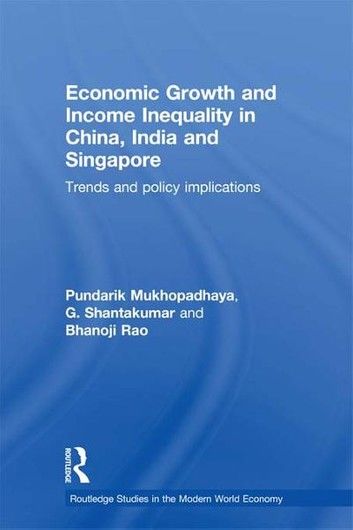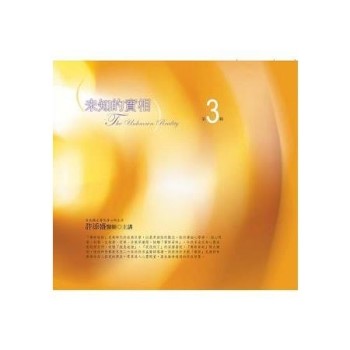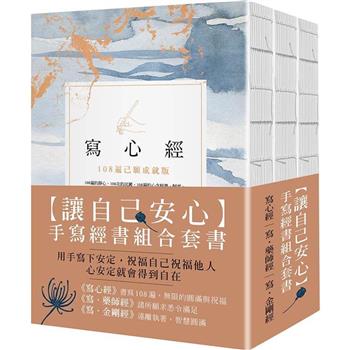| FindBook |
有 1 項符合
Economic Growth and Income Inequality in China, India and Singapore的圖書 |
 |
Economic Growth and Income Inequality in China, India and Singapore 作者:Pundarik Mukhopadhaya,G Shantakumar,Bhanoji Rao 出版社:Taylor & Francis 出版日期:2013-03-01 語言:英文 |
| 圖書館借閱 |
| 國家圖書館 | 全國圖書書目資訊網 | 國立公共資訊圖書館 | 電子書服務平台 | MetaCat 跨館整合查詢 |
| 臺北市立圖書館 | 新北市立圖書館 | 基隆市公共圖書館 | 桃園市立圖書館 | 新竹縣公共圖書館 |
| 苗栗縣立圖書館 | 臺中市立圖書館 | 彰化縣公共圖書館 | 南投縣文化局 | 雲林縣公共圖書館 |
| 嘉義縣圖書館 | 臺南市立圖書館 | 高雄市立圖書館 | 屏東縣公共圖書館 | 宜蘭縣公共圖書館 |
| 花蓮縣文化局 | 臺東縣文化處 |
|
|
The world at large is watching both China and India as powerhouses of economic growth. The two nations have achieved significantly high rates of economic growth ever since their respective economies liberalized in 1978 and 1991. Singapore, despite its limited land size and almost total dependence on external trade, has performed remarkably well and has moved ‘from the third world to the first’. This book documents and explains the rapid economic growth of the three key Asian economies.
The book also looks at what has happened to income inequality in the context of superior growth performance. It makes comparative assessments and examines the implications for the three nations. Since free markets have nothing in them to produce a reduction in income inequality among persons/households, one must at best hope for equality of opportunity – notably reflected in identical schooling for all; identical health care for all; and minimal rather than vulgar inequality in housing. This book is particularly useful for both China and India which may wish to study and learn from Singapore in regard to the policies, programmes and projects aimed at ensuring equality of opportunity.
The book is backed by considerable expertise on the part of the researchers, with demonstrated expertise through their publications spawning a few decades. It is invaluable to those who are concerned with designing policies for developing countries aimed at rapid and inclusive economic growth.
This book has been made possible by the intellectual and financial support extended by the Global Asia Institute, National University of Singapore.
|










